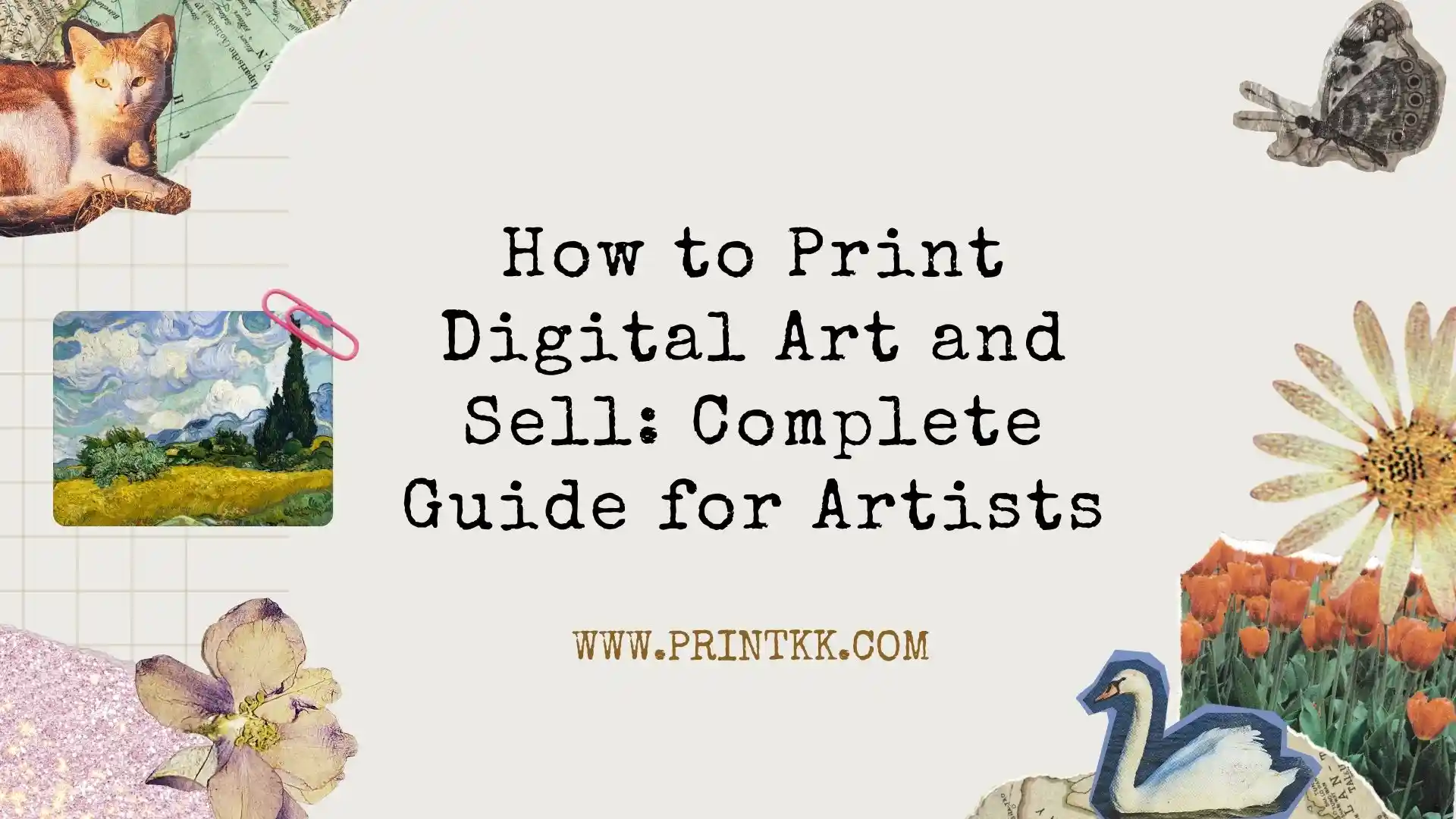
For digital artists, creating beautiful artwork is only half the journey—the other half is sharing it with the world in print form.
Knowing how to print digital art correctly ensures that your vibrant colors, fine details, and original vision translate from screen to paper without disappointment.
This guide will walk you through every step. You'll have the knowledge to produce high-quality prints and start turning your digital creations into a profitable business.
How to Print Digital Art and Sell
1. Choose the Right File Format
When preparing your art for printing, the file format matters a lot. TIFF, PNG, and high-quality JPEGs are the most common.
TIFF preserves all details, PNG works well for transparency, and JPEG is fine if the file size is an issue. Always save a copy in the highest resolution possible. Avoid low-res exports; they make your prints blurry or pixelated.
2. Mind Your Resolution and DPI
Printing requires higher resolution than screens. Aim for 300 DPI at the final print size. For example, a 12x18 inch print at 300 DPI should be 3600x5400 pixels.
If your canvas is smaller, your print will look fuzzy or stretched. Check the resolution before sending to print—it's easier to fix digitally than after printing.
3. Pick Paper and Material Carefully
The material you print on affects both color and feel. Matte paper softens colors, while glossy makes them pop. Canvas adds texture and depth, but it can be expensive. Consider:
- Brightness of the paper
- Thickness (weight)
- Coating or lamination options
Choosing the right material ensures your art looks like your screen vision in real life.
4. Test Print Before Large Orders
Always print a small sample first. This helps you catch color shifts, unexpected darkening, or size issues. Adjust the digital file accordingly, like tweaking brightness or saturation. Test prints also give you a reference when selling, so you can show buyers exactly what to expect.
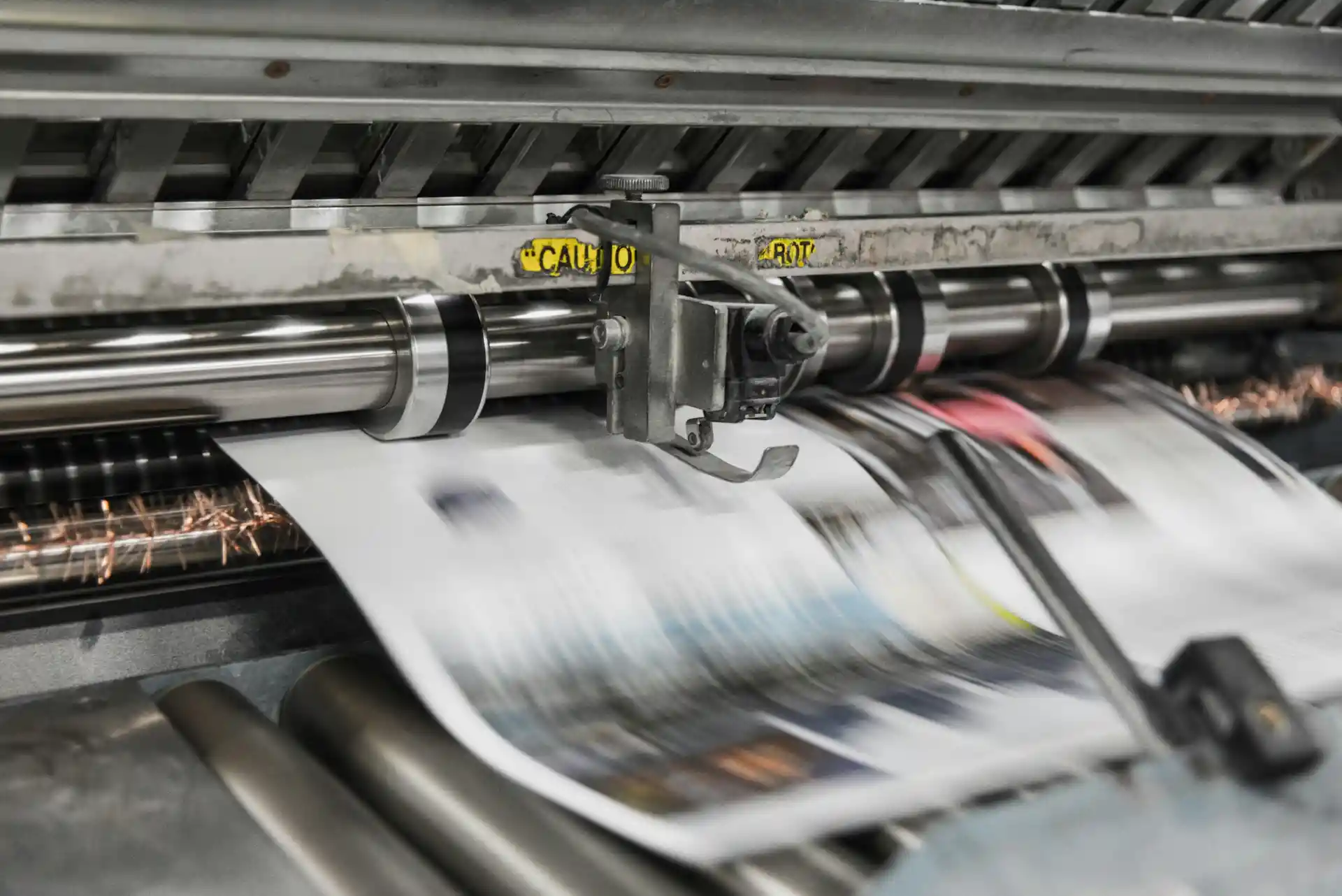
5. Set Up a Selling Platform
Once your prints are ready, you need a place to sell. You can choose:
- Print-on-demand services that handle production and shipping
- Online marketplaces like Etsy or Shopify
- Your own website with e-commerce tools
Pick a platform that matches your workflow. Some let you automate order fulfillment, which saves time and reduces mistakes.
6. Price Your Prints Smartly
Pricing isn't random. Factor in:
- Production cost (paper, ink, shipping)
- Your time and labor
- Desired profit margin
- Competitor prices
Example: if printing costs $8 and you want a 50% profit, set the price around $12. You can adjust for bundles, promotions, or limited editions to attract buyers while maintaining profit.
7. Market Your Art and Build Trust
Selling is more than listing items. You need visibility and credibility. Share your prints on social media, collaborate with other artists, and showcase high-quality images of your work.
Include descriptions about size, material, and inspiration behind the art. Reviews and testimonials help too. The more people see your work and trust you, the more likely they are to buy.
How to Set Up Digital Art Size for Printing
1. Understand DPI and Resolution
DPI, or dots per inch, tells you how detailed your print will be. Pixel dimensions are different—they describe the size of your image in pixels.
For high-quality prints, aim for 300 DPI. Working at 72 DPI or using a very small canvas is a common mistake.
Your art might look fine on screen, but it will appear blurry or pixelated in print.
2. Choose Standard Print Sizes
Using standard print sizes saves headaches later. Ratios like 4:5, 3:4, and 2:3 match common frames.
Standard dimensions include A4, A3, Letter, 11x14, or 16x20 inches.
You can also create multiple size versions. This helps customers choose without confusion. Keeping ratios consistent is key.
3. Set Up the Canvas Correctly in Procreate/Photoshop
Before you start, set the canvas dimensions and DPI. In Procreate, use presets for common print sizes.
In Photoshop, enter width, height, and 300 DPI in the new document window. Decide if you want to scale up later or start a new file. Setting this correctly from the beginning saves time and preserves quality.
4. Maintain Aspect Ratios
Cropping can ruin your composition. Use guides or grids to keep your artwork scalable. Preparing a master file with flexible ratios makes it easy to export multiple formats.
Always check how your design looks in different ratios before finalizing. Small adjustments now prevent frustration later.
5. Export in the Right Format
Choose file formats that printers prefer: TIFF, PDF, high-res JPEG, or PNG. Pay attention to color profiles. RGB works for screens, but CMYK is often better for print.
Provide print-ready downloads for buyers to make the process smoother. Proper export ensures your colors and details stay true.
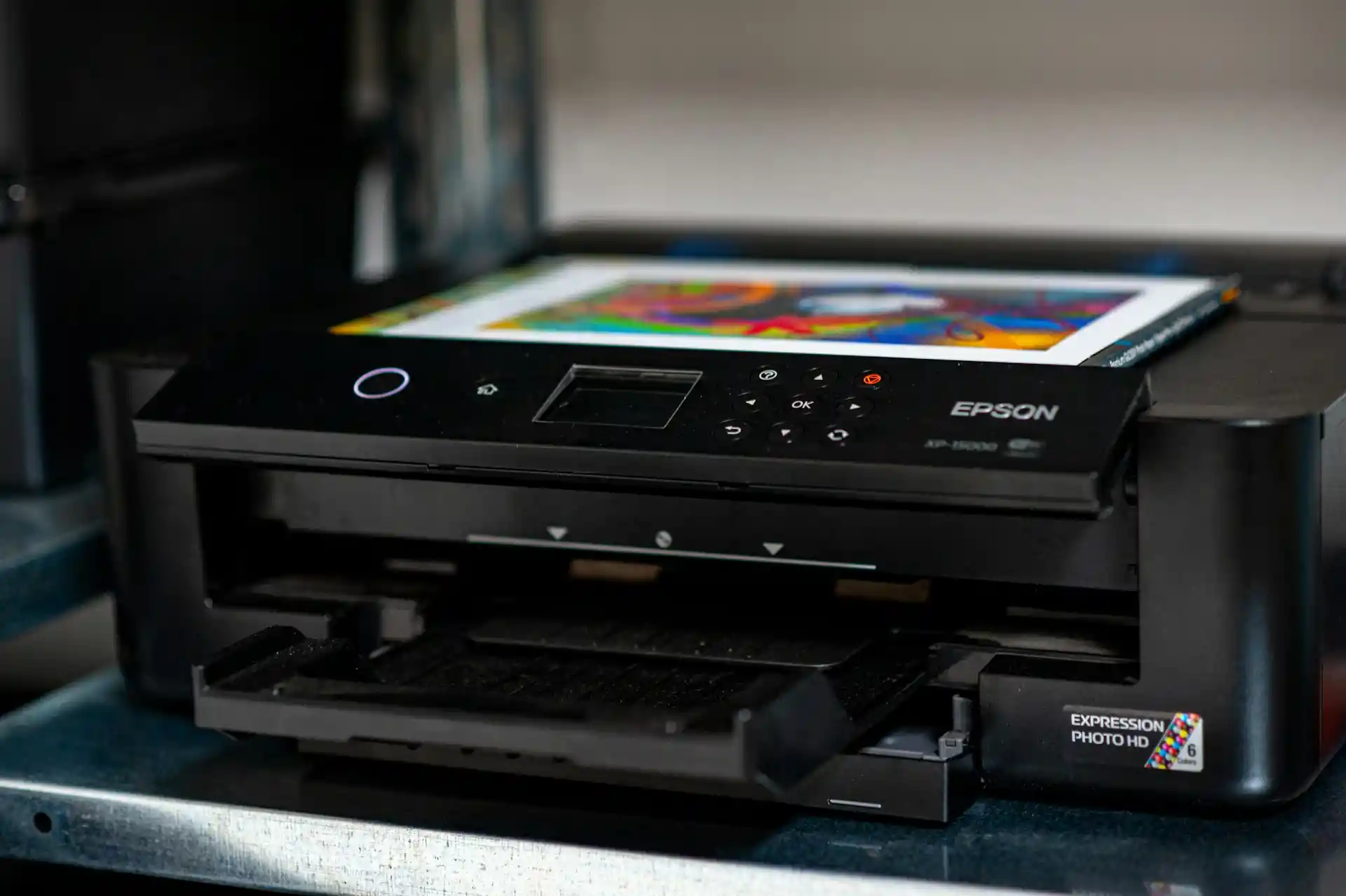
6. Test Before Selling or Printing
Print a sample copy, either at a POD website or a local shop. Check for color shifts, pixelation, or sizing issues.
Adjust brightness or contrast if needed. A test run helps you catch problems before offering your art for sale. Small checks here can save bigger problems later.
Why Digital Art Prints Darker Than Expected (How to Fix)
Why Digital Art Prints Darker Than Expected
- Screens are backlit. Your iPad or monitor makes everything look brighter than it really is. If your screen brightness is very high, colors on screen will appear lighter than on paper. Even a white sheet of paper looks dim compared to your bright digital display.
- Color profiles matter. Most digital art is created in RGB (Red, Green, Blue). RGB can show millions of colors—vivid neon greens, bright pinks, soft grays—all at full brightness. Printing uses CMYK (Cyan, Magenta, Yellow, Black).
- CMYK has limits. Some bright RGB colors simply cannot be reproduced exactly in print. That's why your neon green might look duller when printed.
- File types and software can also affect results, but usually brightness and color profiles are the main reason your print looks darker.
How to Fix It
- Adjust your screen brightness. Bring it down to around 50% or lower. This helps you see your art closer to how it will appear on paper.
- Check your color profile. In Photoshop, switch your RGB file to CMYK using View > Proof Setup > Working CMYK, then toggle proofing with Ctrl + Y. This shows how your colors will print without changing your original file.
- If you use Procreate, you can't switch color profiles easily. You'll need to adjust colors manually, keeping in mind some tones will print less saturated. Softening bright neons usually helps.
- Do a small test print. Adjust colors if needed and try again until the printed colors match what you want.
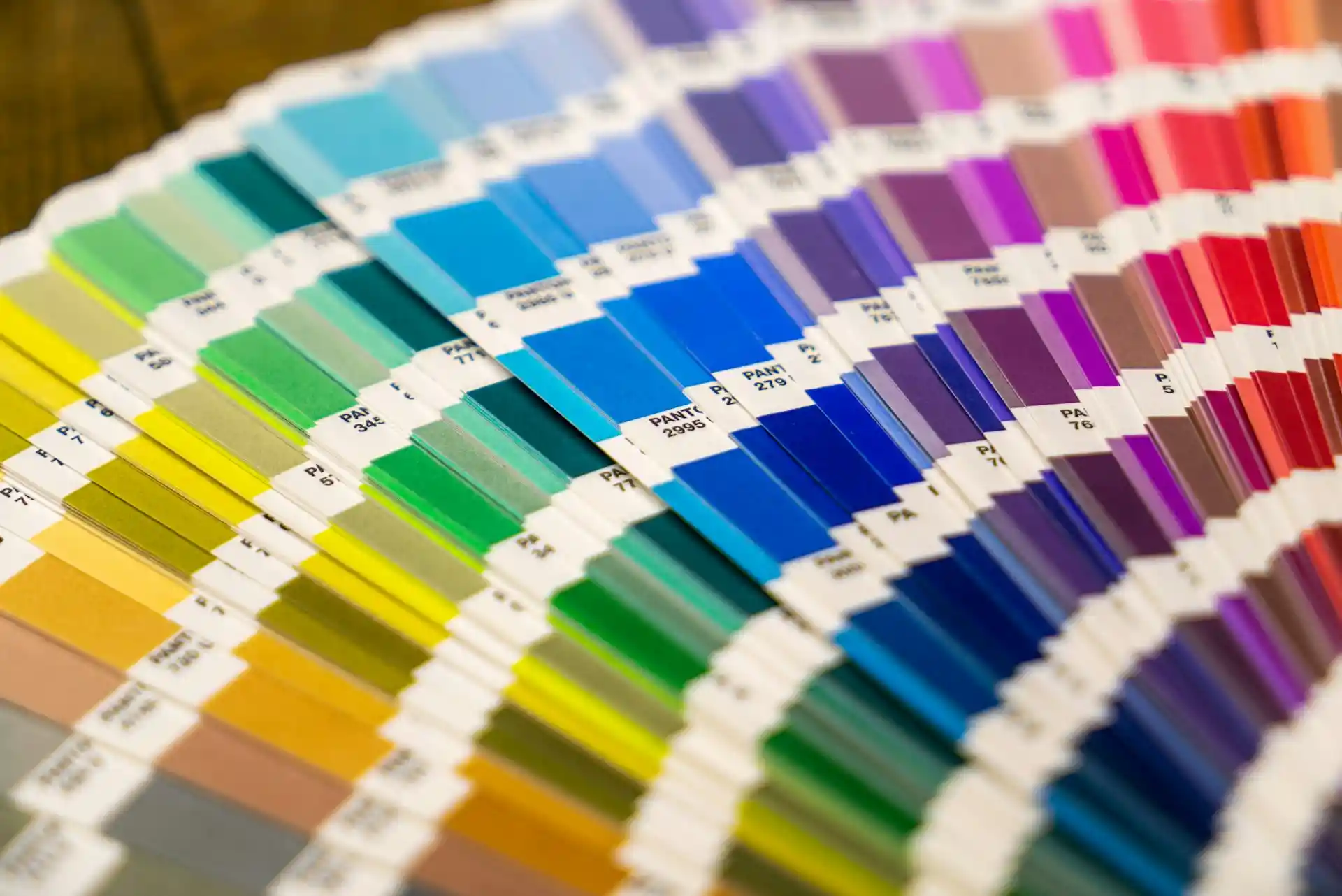
Exploring Different Materials to Print Digital Art
Paper prints are simple, but they often don't do justice to your colors or textures. Some details vanish, and the flat surface can make vibrant work feel muted. Exploring alternative materials lets you show depth and subtle textures. The right choice can change how people experience your art.
Canvas Prints
Canvas gives your art a soft, layered feel. The texture can smooth out jagged edges or pixelation.
Colors may soften, so consider adjusting contrast before printing. Scale matters—canvas shines for larger pieces, filling a wall without feeling empty.
Best For: Fine art-style pieces, soft gradients, work meant for home or gallery walls.
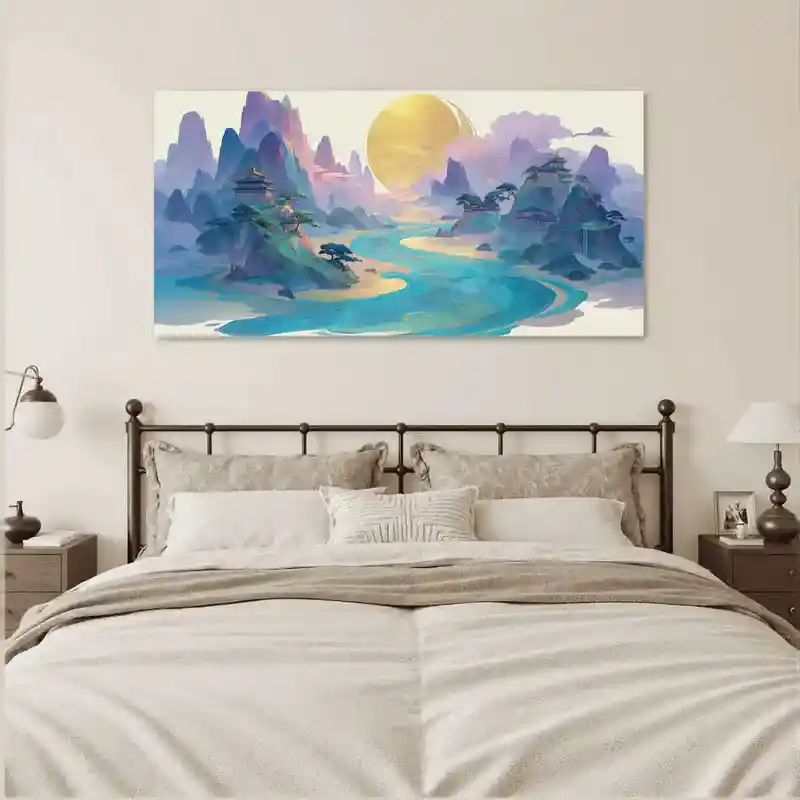
Print on Demand Canvas Fabric Wall Art (Made in USA)(Submit Shipping Label) - Wall Decor - PrintKK
Metal Prints
Metal makes colors vivid and sharp. It handles contrast well, so detailed or photography-style pieces really pop.
The surface is durable and scratch-resistant, but reflections change depending on lighting. Plan placement to minimize glare.
Best For: Bold graphics, digital photography, or abstracts with high contrast.
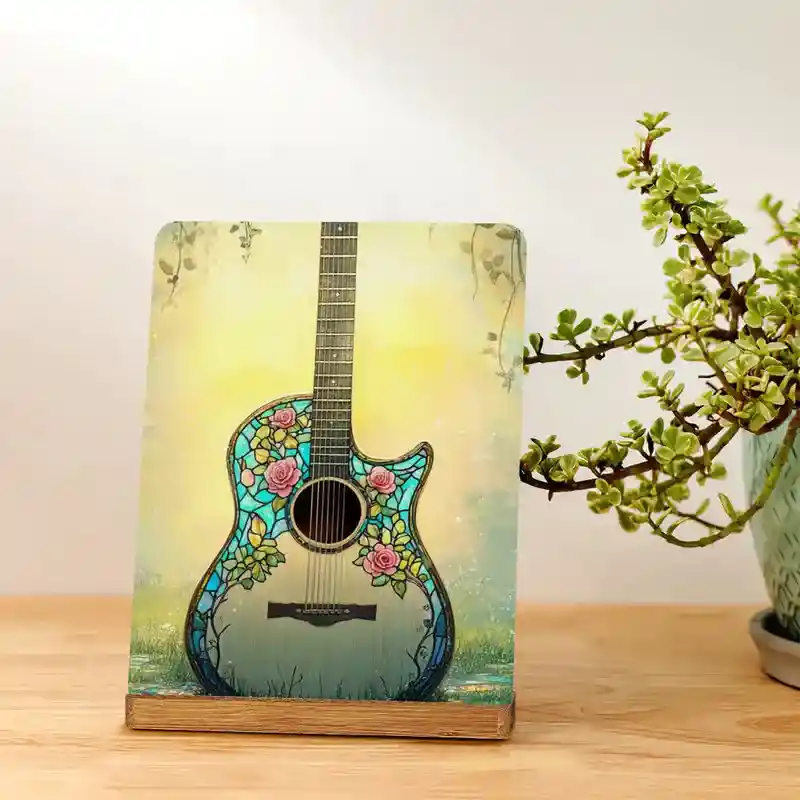
Print on Demand Metal Photo Prints with Stand (Vertical) - Home Decor - PrintKK
Acrylic Prints
Acrylic adds depth by creating a floating effect. Lines stay crisp and colors appear more saturated.
The piece feels modern and polished, but weight and cost are higher than paper or canvas. Make sure you have secure mounting or shipping options.
Best For: Color-intensive, contemporary pieces that benefit from a glossy, gallery-ready finish.
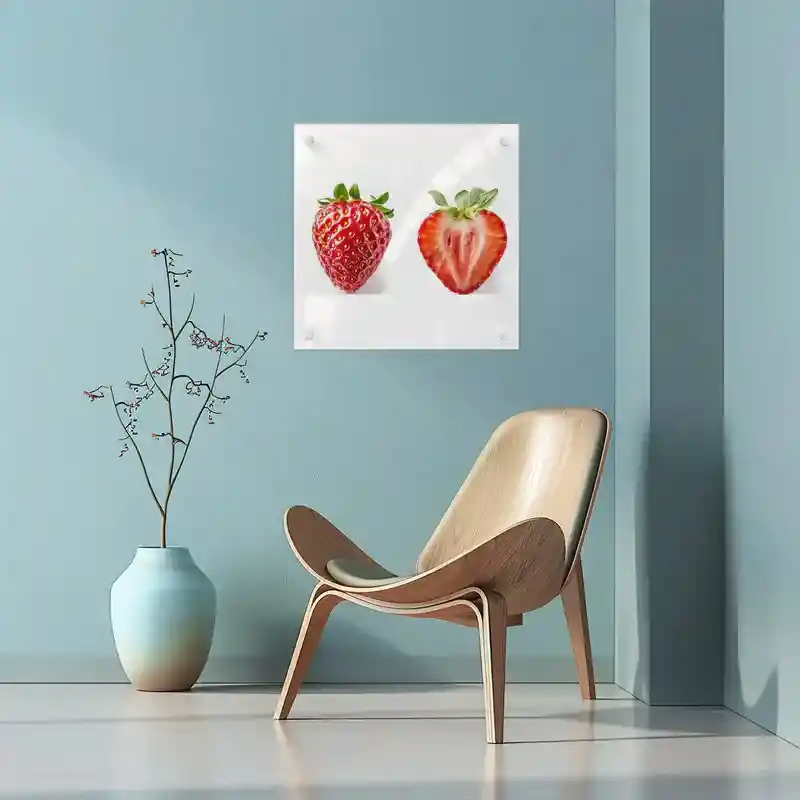
Custom Acrylic Wall Art Prints Square (Punched Type) - Print on Demand Fulfillment - PrintKK
Wood Prints
Wood brings warmth and organic texture. The grain interacts with your art, creating unique variations.
Lighter colors show best; intricate details can get lost in strong wood patterns. This material itself becomes part of the story.
Best For: Nature-inspired digital art, rustic or textured designs, organic-themed projects.
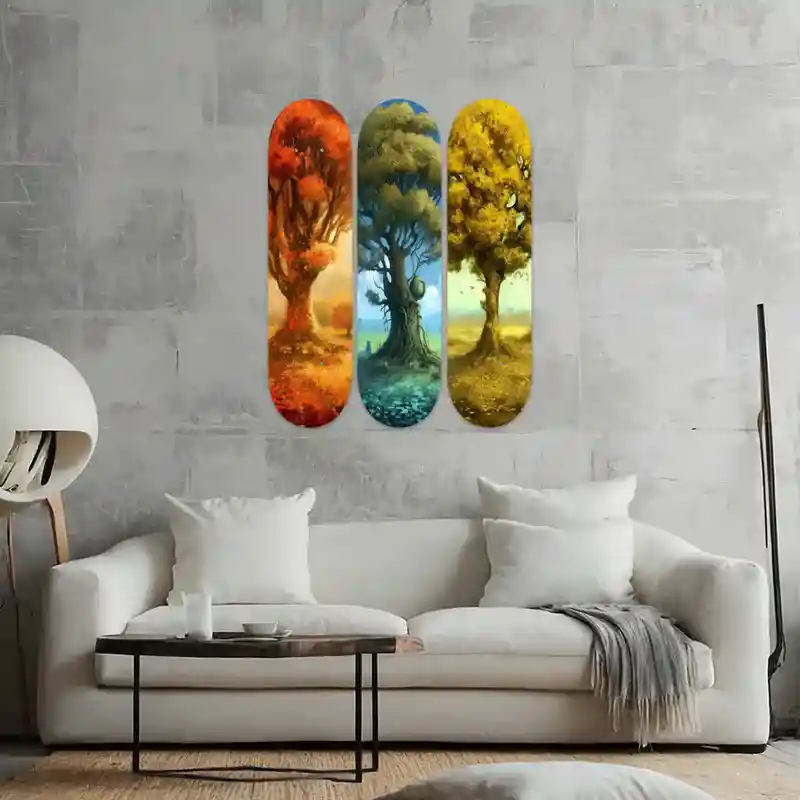
Textile and Fabric Prints
Fabric invites interaction. People can touch, hang, or wear your art. Colors are softer and may fade if untreated, so careful file prep and material choice are key.
This medium allows experimentation beyond flat display.
Best For: Wearable art, banners, wall hangings, or interactive pieces.
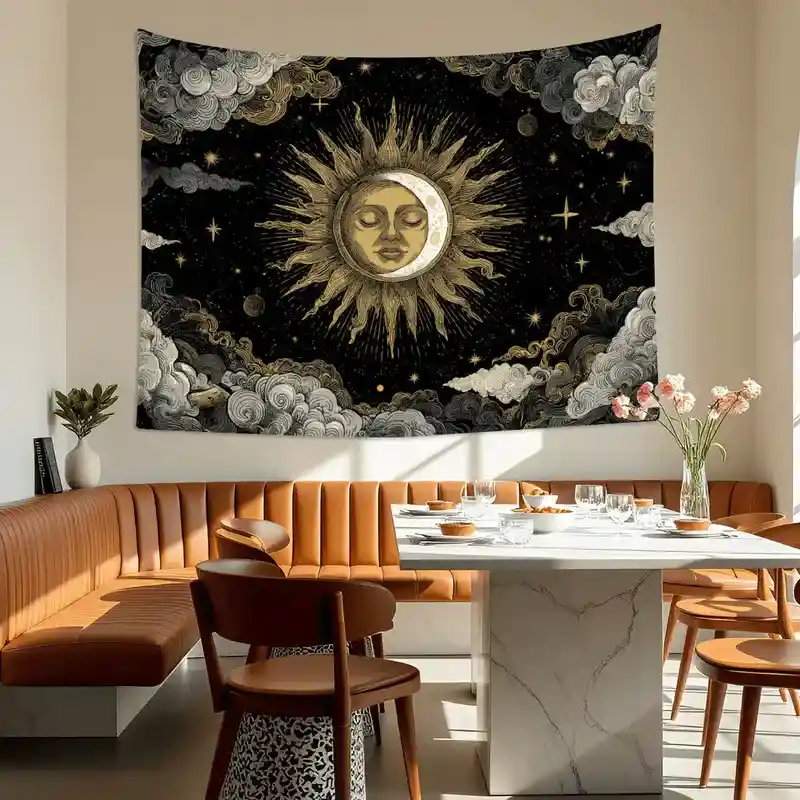
Print On Demand Tapestry (4:3) (Made in USA) - PrintKK
Comparing Materials: Cost, Durability, and Style
Some materials are expensive but long-lasting, like metal and acrylic. Canvas is mid-range. Wood and fabric can be more budget-friendly.
Consider your audience, display context, and the mood you want. Matching material to intention matters as much as picking colors.
Material | Cost | Durability | Best For |
Canvas | Medium | Moderate | Fine art, soft gradients, wall displays |
Metal | High | High | Bold graphics, photography, abstracts |
Acrylic | High | High | Contemporary, glossy, color-intensive |
Wood | Low-Med | Moderate | Rustic, nature-inspired, textured pieces |
Fabric/Textile | Low-Med | Moderate | Wearable art, banners, interactive décor |
Start Selling Art Prints and Profit With PrintKK
Opening your own art store on PrintKK is surprisingly simple. You just need to sign up, upload your artwork, and choose the products you want to sell.
In just a few clicks, your designs can appear on a variety of items ready for customers to buy. There's no need to worry about managing inventory or shipping—it's all handled for you.
One big advantage of using PrintKK is that products shipped to the U.S. don't charge sellers any tax fees. This means more of your earnings stay in your pocket. Plus, you have plenty of options when it comes to printing your art:
- Wood, metal, canvas, and posters for classic art prints
- Affordable, high-quality materials that make your work look professional
Beyond traditional prints, you can expand your store with art merchandise. Think T-shirts, phone cases, tote bags, pillows, and even blankets. These items let your fans enjoy your art in everyday life and give you more ways to earn.
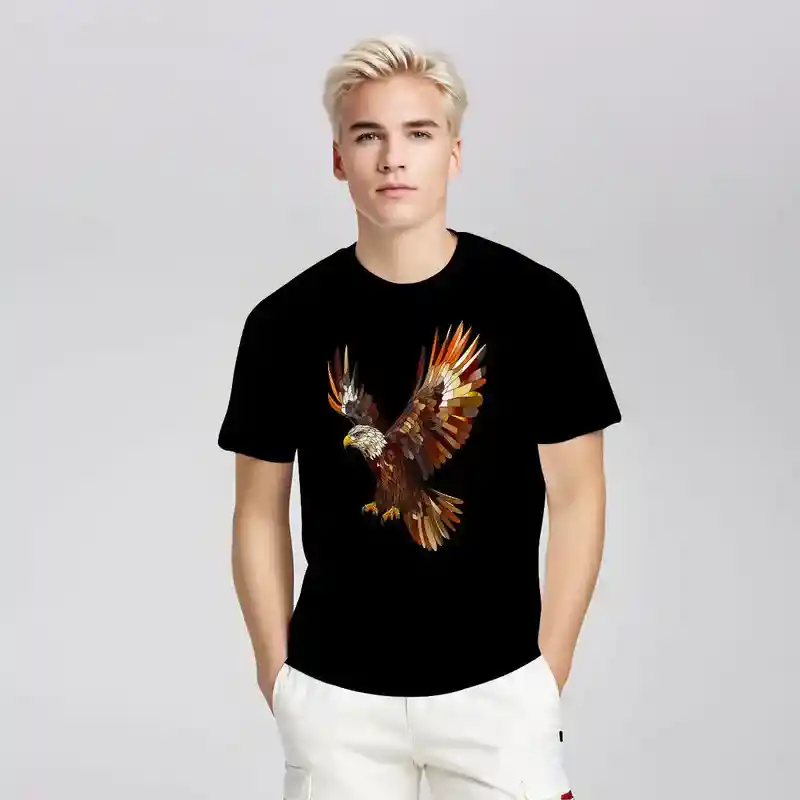
Custom Gildan 5000 Unisex Cotton Tee Customized Services - Print on Demand Fulfillment - PrintKK
With PrintKK, you're not just selling art—you're building a mini brand. The platform makes it easy to focus on what you love: creating, while it takes care of production and delivery.
This flexibility lets you experiment with different products, find what your audience loves, and maximize your profits.
Read More:
Expert Tips
By now, you have a clear idea of how to print digital art and make it look its best. You know different materials can change how your work feels. You understand the importance of color profiles, brightness, and file preparation.
Remember to match your material to your style and audience. Take your time to test, adjust, and refine. With careful planning, your digital art can shine off the screen and reach more people.
FAQs
What is the best way to print digital art?
The best approach is to use high-resolution files and choose quality printing materials. Canvas, metal, and fine art paper often make digital artwork look professional and vibrant while keeping details clear.
Can you make money selling digital art prints?
Yes, many artists earn income selling prints online. Success depends on creating appealing designs, picking the right products, and sharing your work with the right audience consistently.
What kind of digital art sells best?
Digital art with clear themes, bright colors, or popular styles tends to sell well. Illustrations, abstract pieces, and fan art often attract buyers, especially when they connect with current trends or interests.
Where to sell digital artwork?
You can sell online through platforms like Etsy, or Shopify personal websites. Social media and marketplaces help reach potential customers, while platforms handle printing, shipping, and payment processing efficiently.










 Global Shipping
Global Shipping





























